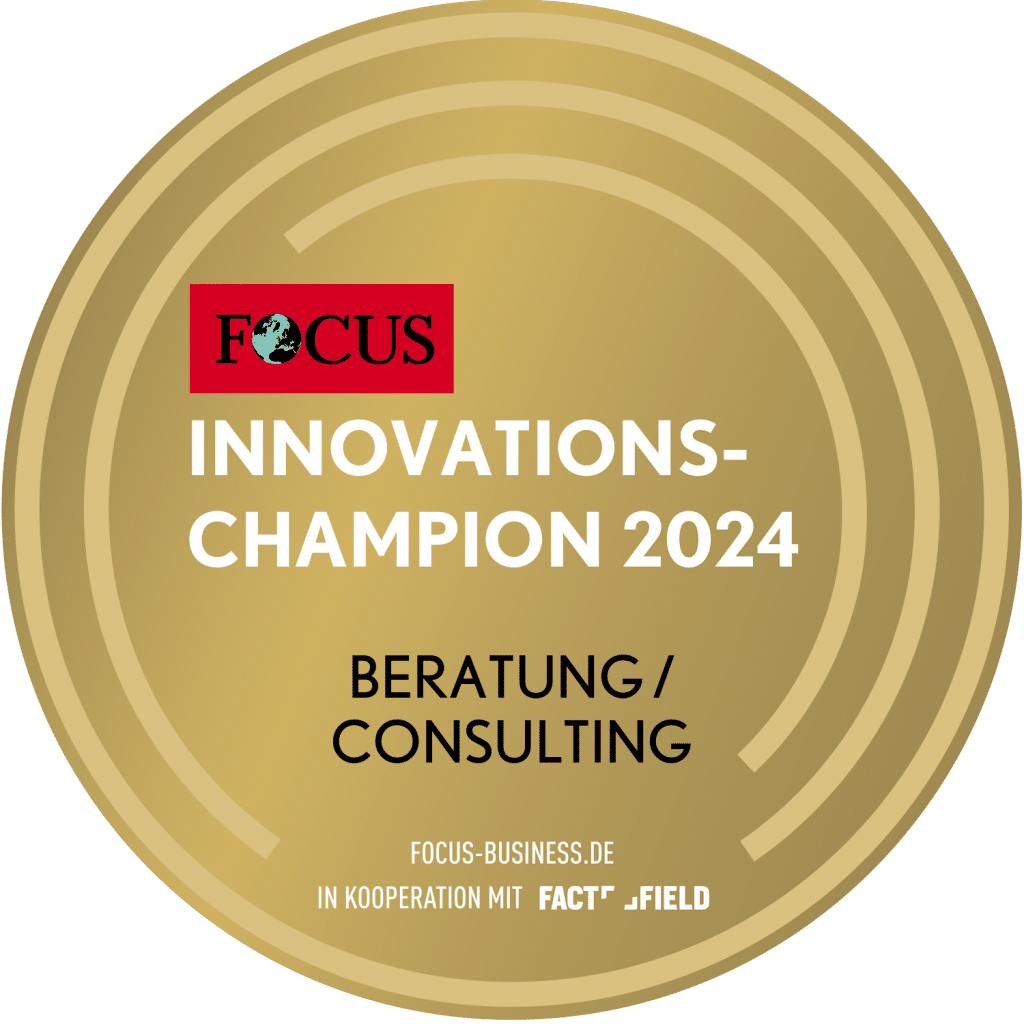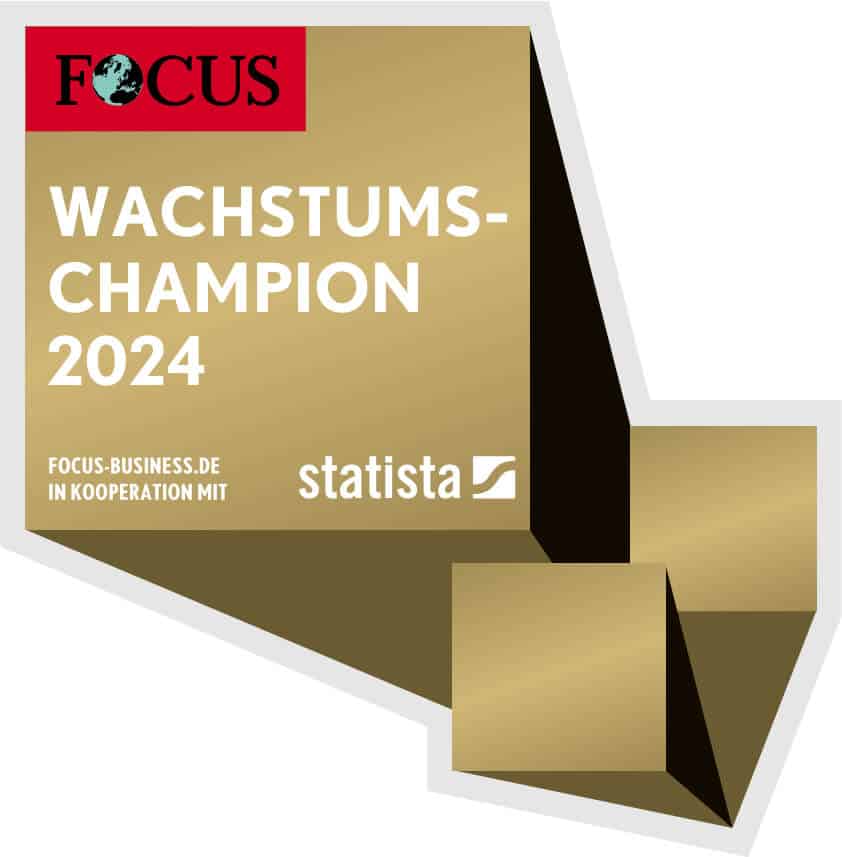In rapidly changing markets, agility brings many advantages: rapid adjustments and changes with the close involvement of employees and customers are possible. The Enterprise Transformation Cycle (ETC) offers such an agile approach, as its phases can be applied flexibly and the cycle can be run through as often as required. However, there are other approaches on the way to becoming a lean-agile company, such as the Scaled Agile Framework (SAFe)which Werner Siedl describes in his contribution to the anthology "The Enterprise Transformation Cycle" in detail.
"SAFe® is the most comprehensive and up-to-date guide to the lean agile enterprise"
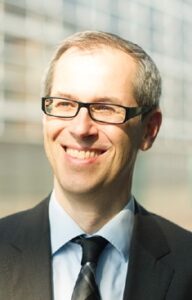
Katja Heumader: In recent years, digitalization has The economic environment has led to numerous disruptive changes over the past ten to 20 years. Some companies benefit from these new conditions, some go under. How can companies ensure that they belong to the first group?
Werner Siedl: They must ensure that the entire company can react quickly to the changes and help shape them. The Scaled Agile Framework® provides guidance on how agility can be introduced and practiced throughout the entire company. I like to call SAFe® the most comprehensive and up-to-date guide to the lean agile enterprise.
KH: Transformation, adaptation and design are the most important to-do's for companies in times of rapid change. Which approach will help companies achieve the most here?
WS: It is important that the transformation takes place holistically, i.e. bottom-up and top-down work together in all areas. This approach applies to both SAFe® and the ETC. Both are based on an incremental and iterative approach so that changes can always be taken into account during the ongoing transformation. I use the ETC in top-down planning in the transition teams in management for the introduction of SAFe in order to eliminate obstacles at an early stage and develop the productivity of the agile teams more quickly.
Communication in cross-functional teams reduces errors and duplication of work
KH: Networking and cross-departmental thinking and action are key building blocks for future business success. How does SAFe® support employees and companies in implementing this?
WS: This is not an individual SAFe® feature, but a characteristic of many agile approaches. People work together in cross-functional teams. At the heart of SAFe® is a cross-functional Agile Release Train (ART), which brings together not only agile teams, but all the people involved in the value chain who are required for a product. These people meet regularly in a two-day Program Increment (PI) Planning meeting to plan the next steps. Up to 150 people from development, product management and the business areas come together here. Managers, architects, experts from quality, production, purchasing, suppliers and customers are also present. This joint interaction and communication helps to avoid duplication of work, risks and errors at an early stage and to increase effectiveness and efficiency.
KH: So an agile approach is central to both the transformation process itself and its objectives. Agile project management has been on the rise for many years. But what is so special about SAFe®?
WS: The main differences to other scaling methods are the two-day PI planning, which has been tried and tested x-1000 times in the meantime, and the extensive documentation for all areas and topics relating to lean and agile in the company. That's why I like to call it the lean agile guidebook, which currently has around 5000 pages on the Internet, is constantly being expanded and provides approaches and practical recommendations for almost every challenge.
KH: According to your article, SAFe® improves the business results of companies worldwide. However, Europe is still lagging behind in the implementation of SAFe® - the USA is already much further ahead. Why do you think that is?
WS: That is simply explained. The SAFe® framework has only been around since 2011 and originated in the USA. It first had to be tested and further developed in projects before it established itself as the new framework in the USA and now as number 1 worldwide. The improved business results are not from Scaled Agile Inc. but from the many project reports "Case Studies" from the companies.
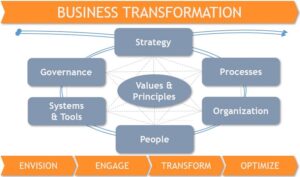
KH: What would you recommend companies do to introduce SAFe® and the ETC approach?
WS: I would advise companies to first familiarize themselves with the approaches and their content. I recommend combining a two-day Leading SAFe training course with a subsequent Value Stream workshop in order to immediately develop concrete conclusions for your own company from the theory. The investment is very low and the participants get a very good impression of how agility can work throughout the company.
KH: Thank you very much for the in-depth insights into SAFe®. I wish you continued success with your projects.
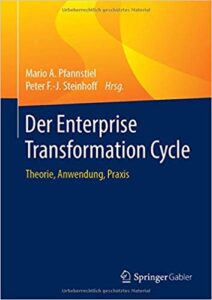
"The Enterprise Transformation Cycle"- published January 2019
The Transformation Consulting International has been supporting national and international transformation projects in companies for many years. This extensive practical experience has now resulted in the volume "The Enterprise Transformation Cycle"published by the renowned Springer-Verlag, edited by Mario A. Pfannstiel and Peter F.-J. Steinhoff. In the 400-page anthology, numerous authors describe the extensive applicability of the agile and flexible "Enterprise Transformation Cycle" approach in theoretical and conceptual articles as well as in practical case studies.

